|
This began as an inquiry for a custom order. My fees are relatively high for custom work because generally that is where the money is most generous since it is usually commissioned by local and state agencies or contractors. But when a potential retail client asks, I try to find a way to do it, whether it be by way of compromise to keep cost down, or take a chance it will pay for itself over time by adding it to an already large, yet still growing portfolio. This way she will end up paying about $25 for this, as opposed to many hundreds it it were purely custom, such as a grave marker, for example. This carving took three days to complete, as shown below in slides of carved plaster.
0 Comments
I've done this before, and it's always a tricky prospect. In Architectural Precast, designers and moldmakers are aware of "right hand" and "left hand" usage means. You might have a coping that "returns" right to meet the new extent, or one that is the opposite of the other. You have outside returns, inside returns, all kinds of returns, but you can never make a right hand version into a left hand without a new dedicated mold for that purpose.
So, case in point. I had a recessed Tree of Life. The nature of this kind of carving in plaster on a flat surface, makes it easier to carve into a blank slate than carve the surface down all around every branch, especially when you are trying to make the tree as complex as possible for the size. But I wanted a positive, which I could not carve directly. The only way to do this is to cast a model, a plaster model, off of the original model. This makes an opposite hand model, but the relief is also opposite of the recessed version. I had actually forgotten about this one, last worked on about five weeks ago. So, in gathering the last seven models I completed, and ordering rubber to begin moldmaking, I saw I had one last one incomplete. Now it's done. This is the first cast on August 4, 2013  This was rather interesting to me. This finish was Pearl White over Royal Gold over Metallic Blue Topaz, all except for the blue brushed on in thin glazes. It seems to mimic Nickel or Pewter. This is day 3 of Tree of Life
I had made many trees, carved (internally) in cell cast acrylic, and then made two versions of a realistic detailed tree. This was at least partially in response to potential clients inquiring about a specific theme, the Tree of Life. I have finally succumbed to pressure and we'll see where this might go. Day 2 June 20, 2013 Day 1, June 12, 2013
Late January 2012 A new plaster model was cast on the Incised Tree model (sometimes a tricky proposition that can ruin both originals if something goes wrong) to achieve a relief version, an opposite of the Incised. Further carving into the new relief model made it a hybrid, with some incised branches among the relief branches.
January 6, 2013 I used to carve trees with a Dremmel into cell cast acrylic. A Dremmel is a bit overkill to use to carve plaster. It can be done, but the high speeds will tend to liquify the plaster and sling little white droplets all over the place if there is any moisture in the plaster. And if the plaster is thoroughly dry, it will create a fine plaster mist dust storm, so I always continue to use hand tools-- everything from woodworking tools and dental tools to sharpened nail files. This is my incised tree, shown below an example of an acrylic carving; its' inspiration. Some might have already noticed a second tree can be made from this model if a new model is cast from it, where the recesses become relief details, shown next. In this way, one version is the negative of the other.
|
Archives
October 2018
Categories
All
|

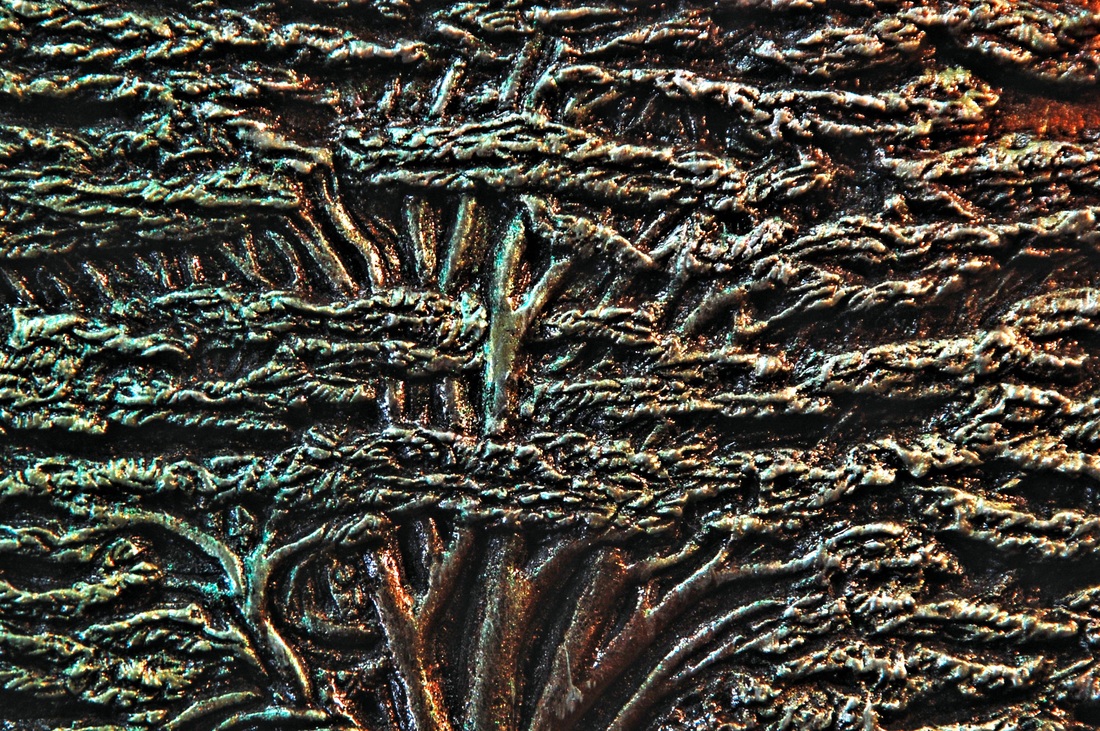
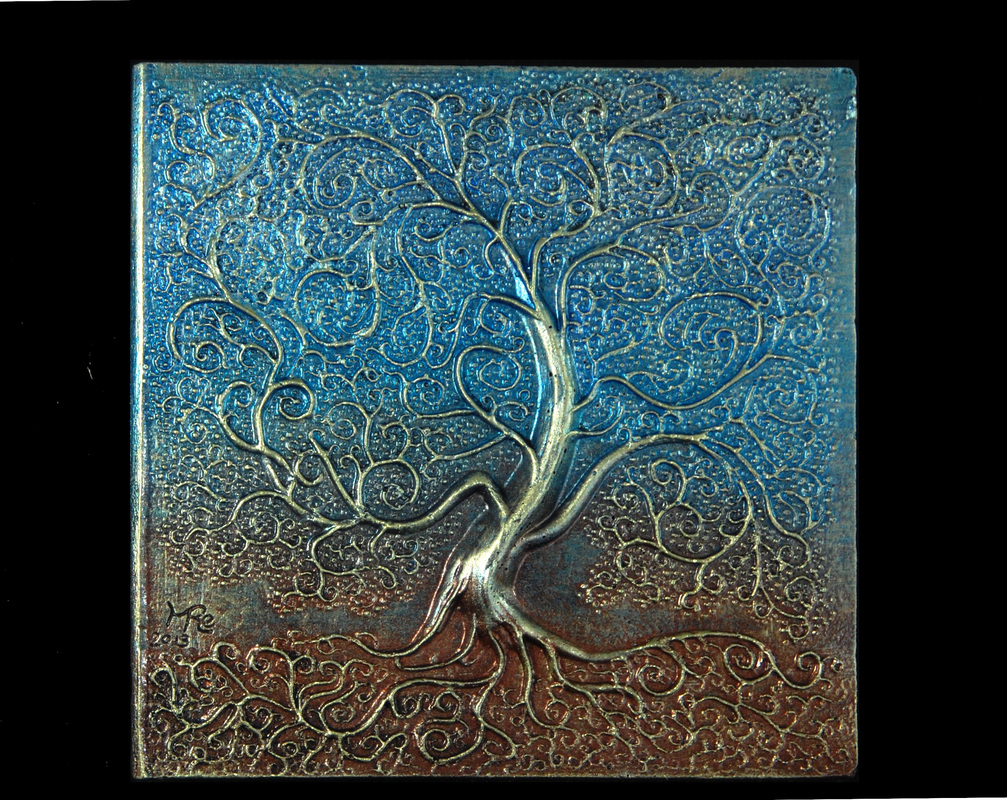
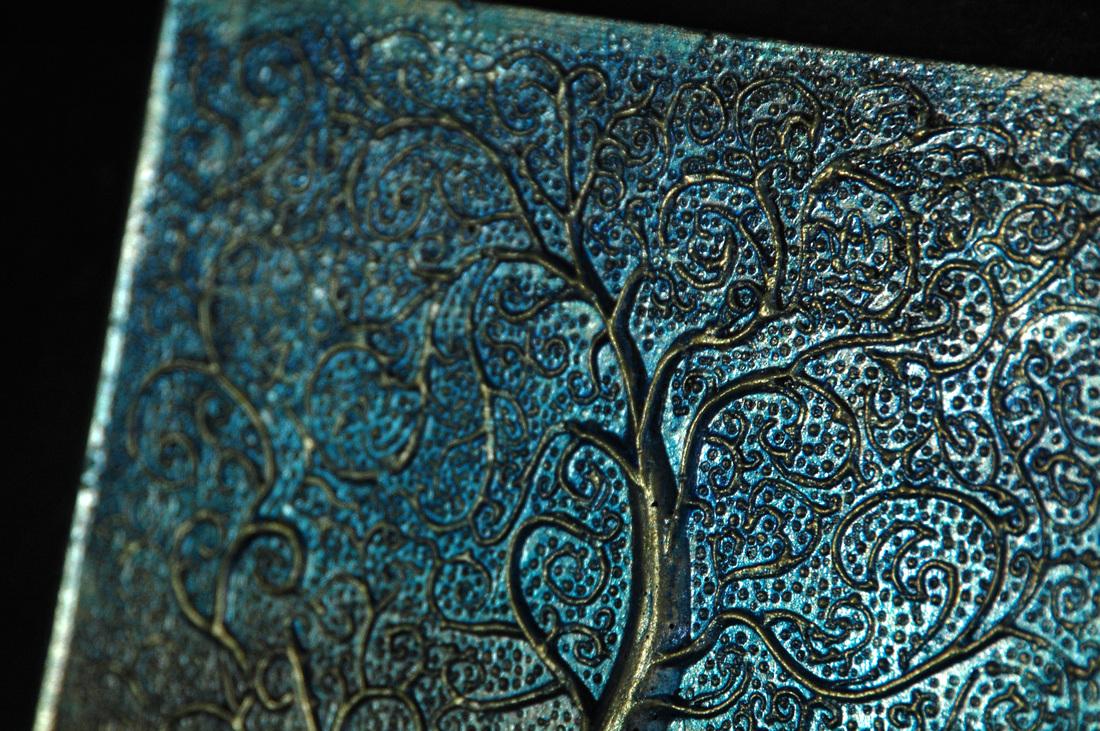




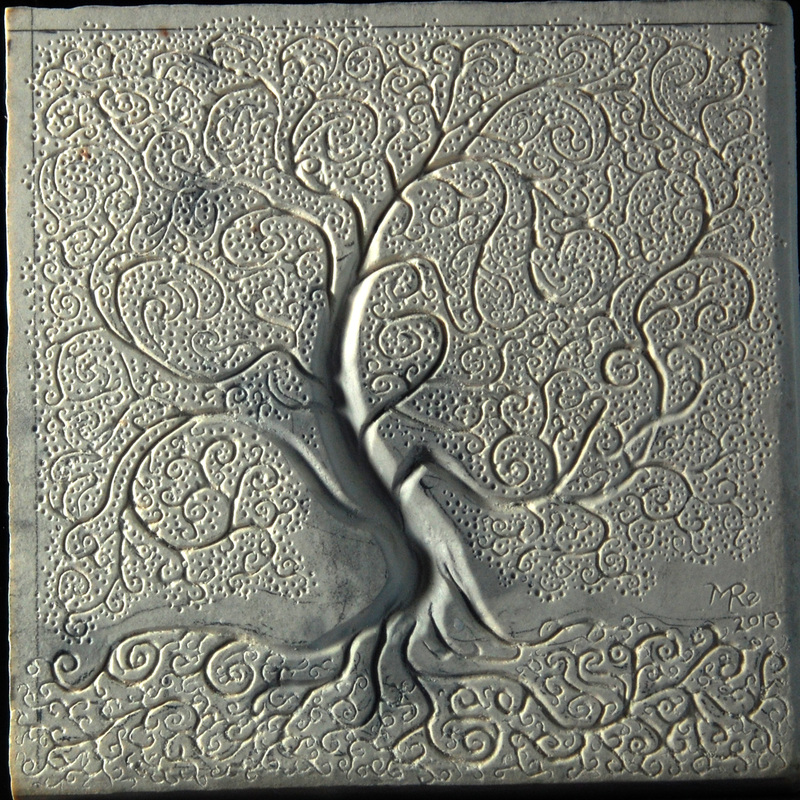
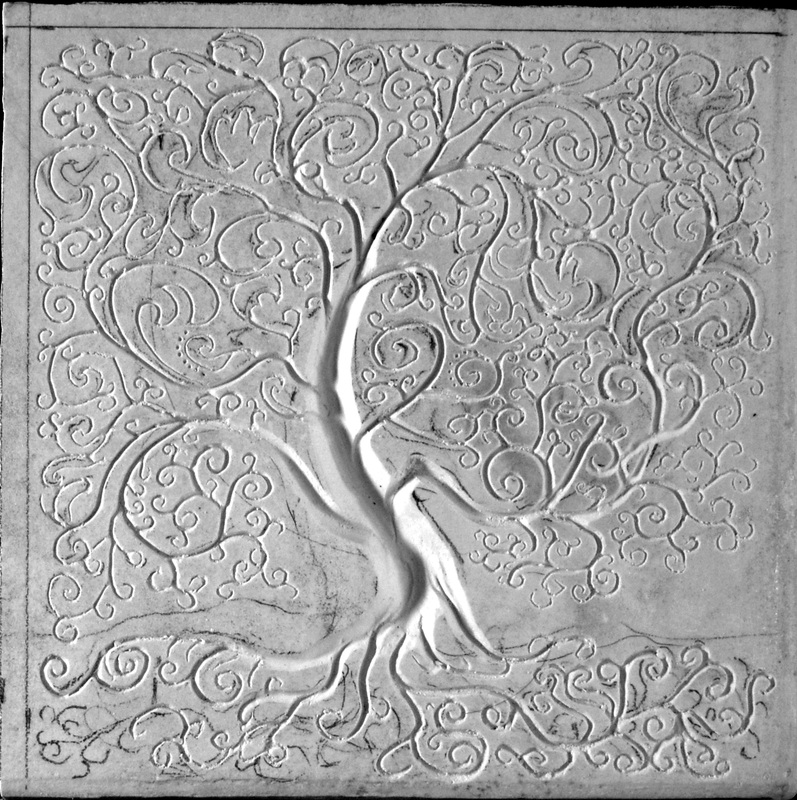
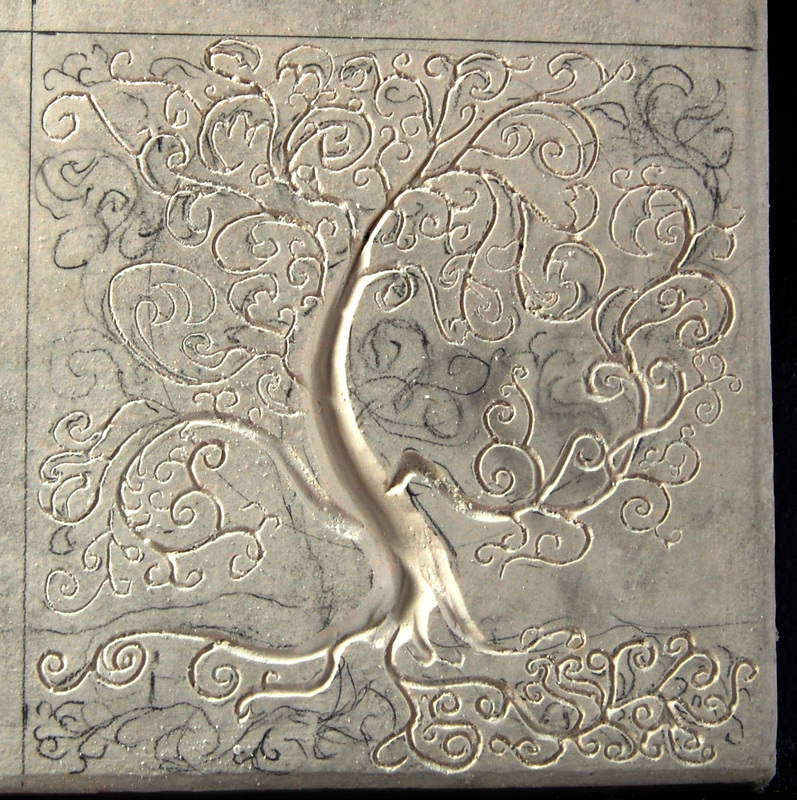
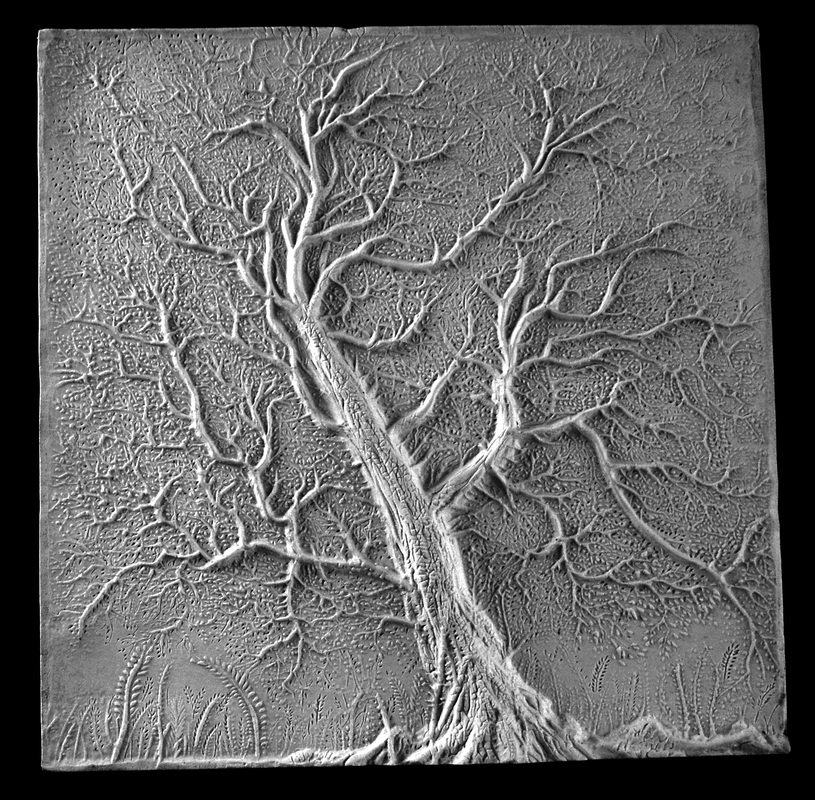
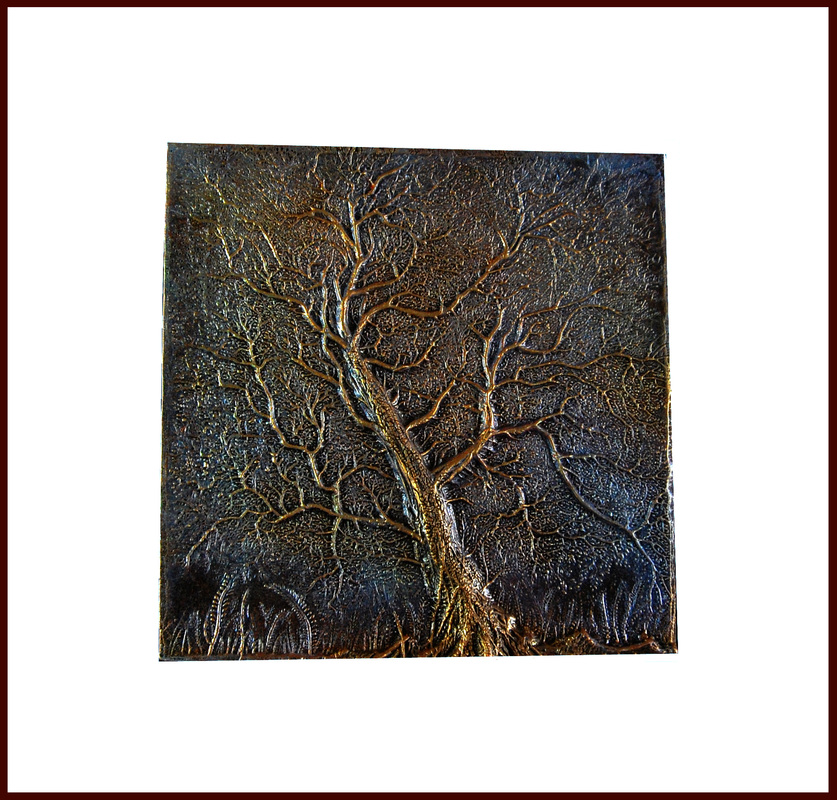
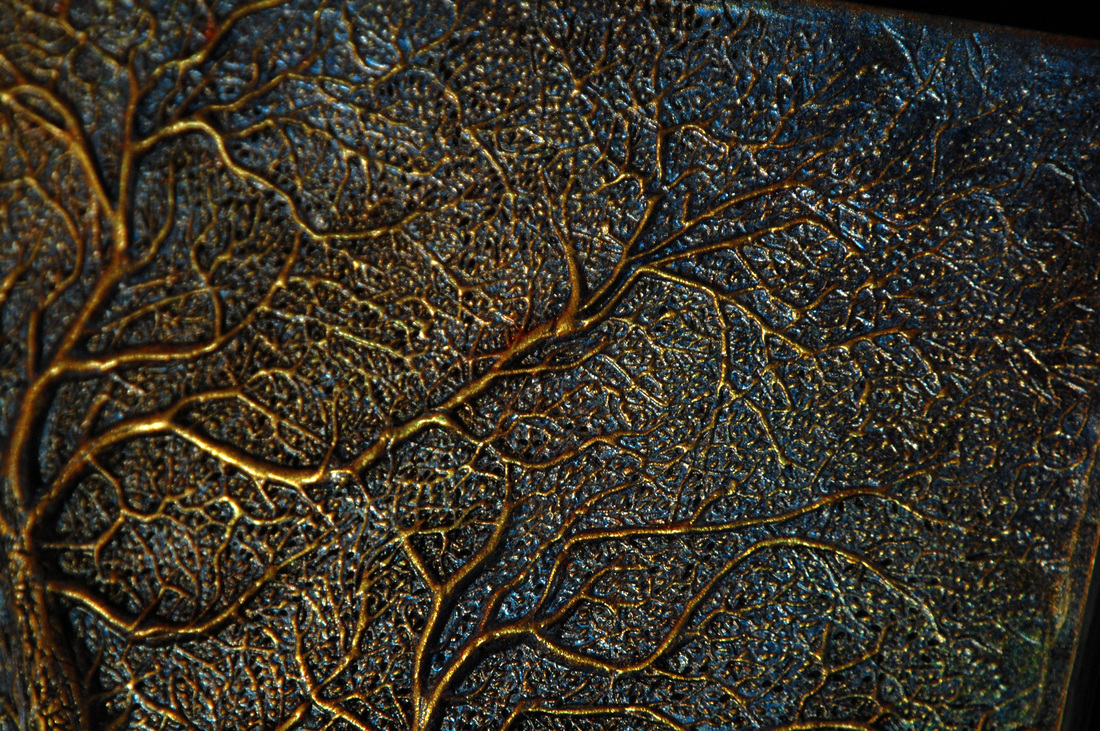
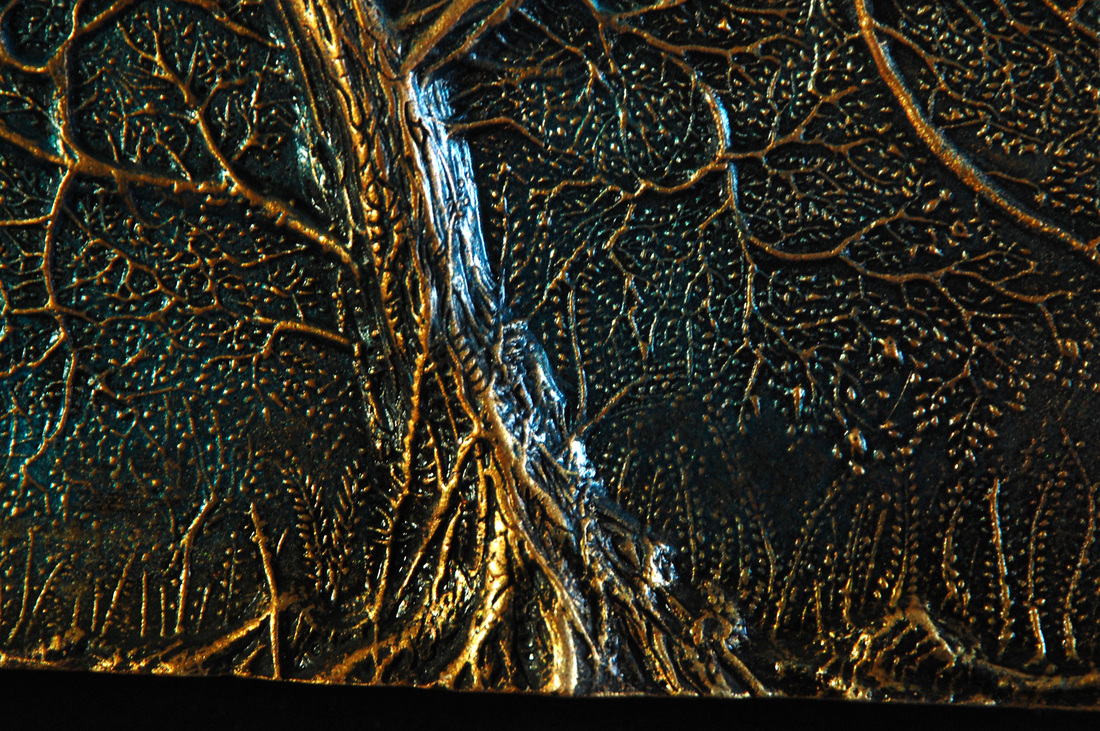
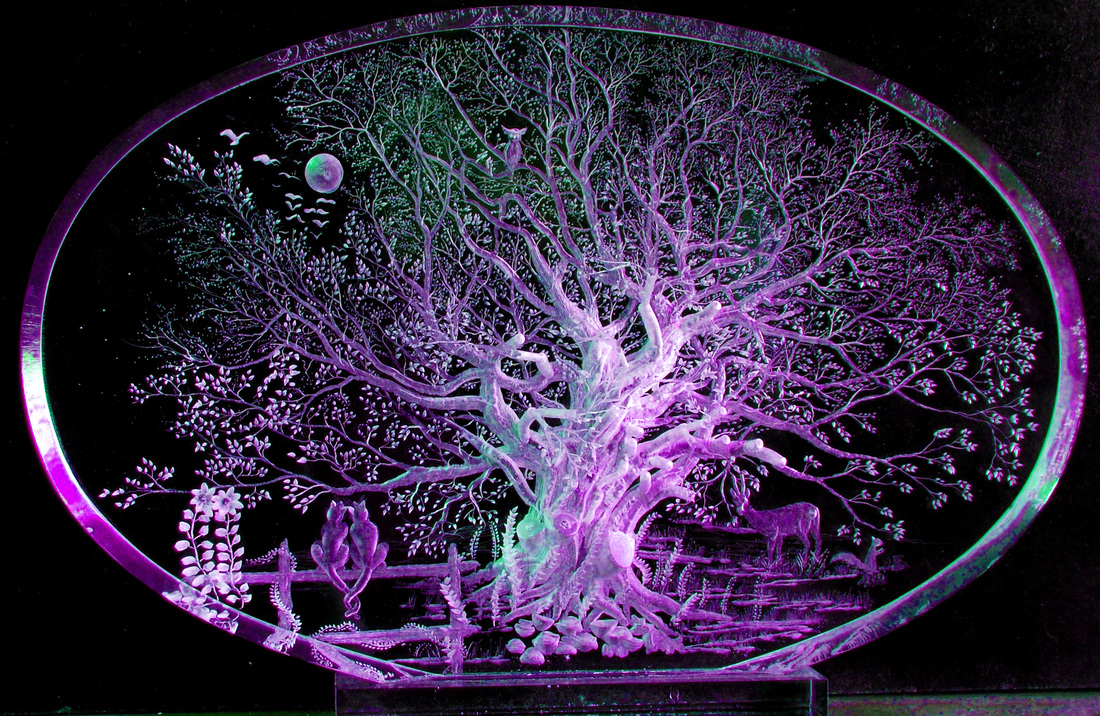
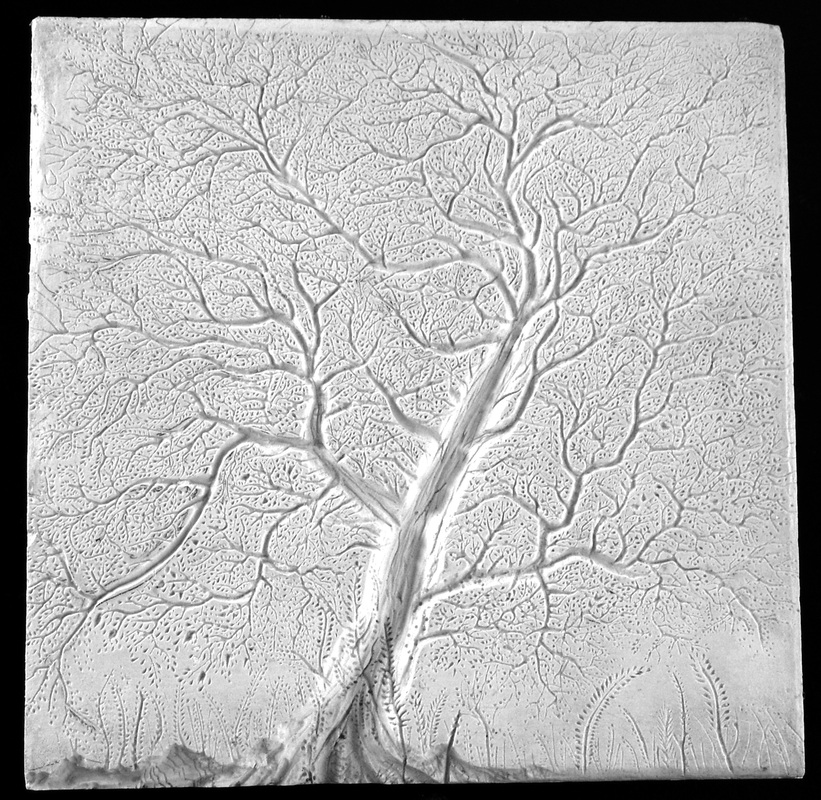
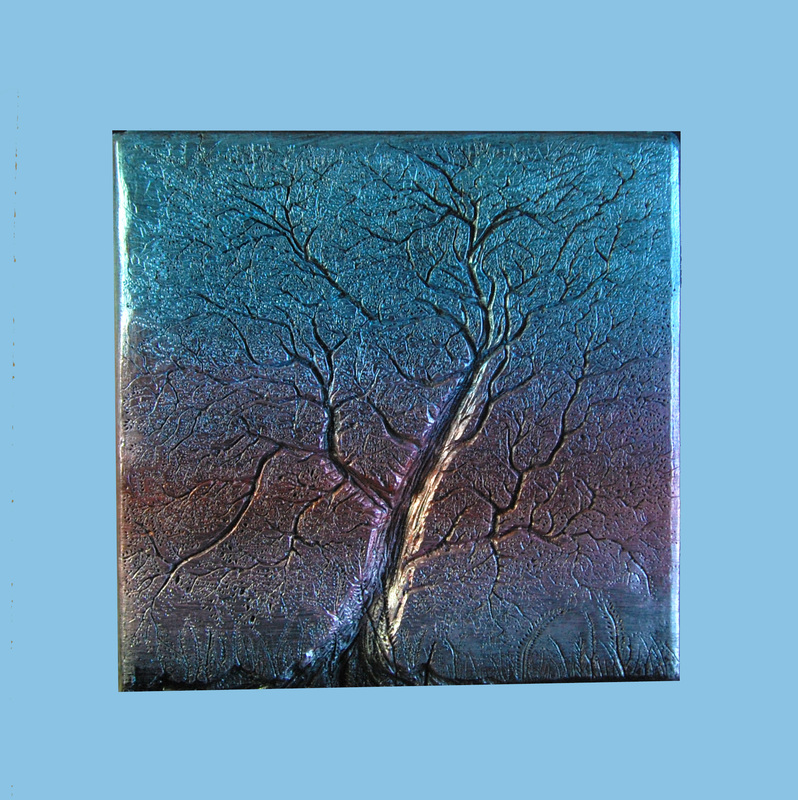
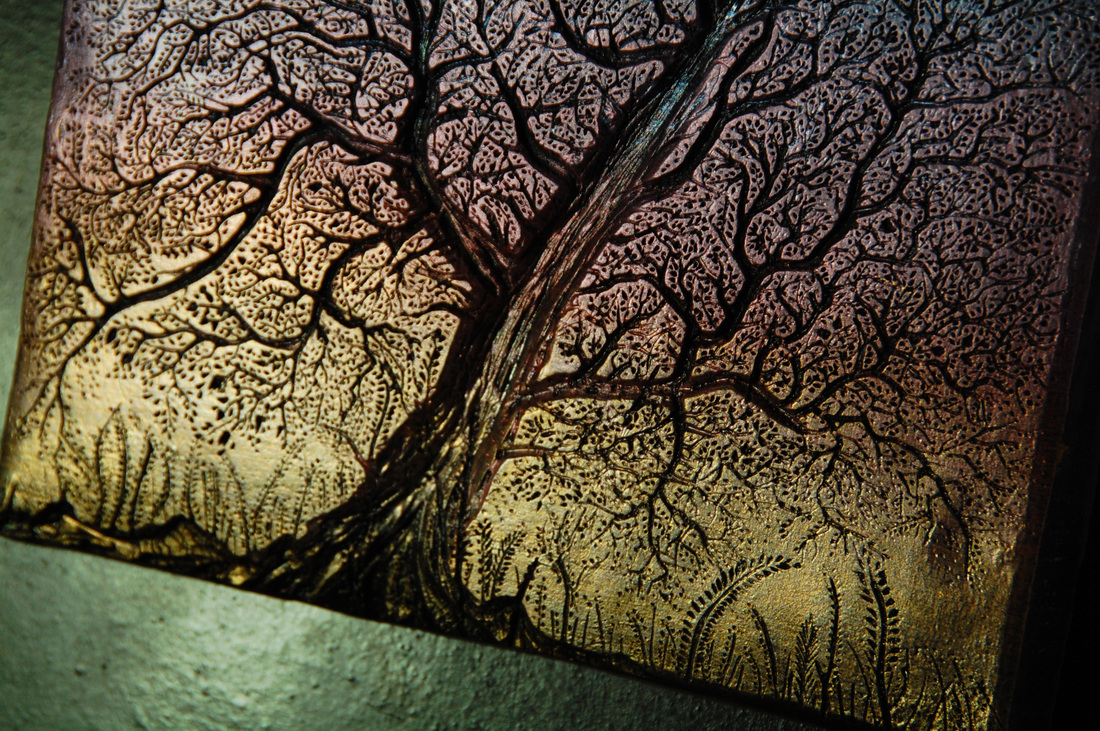
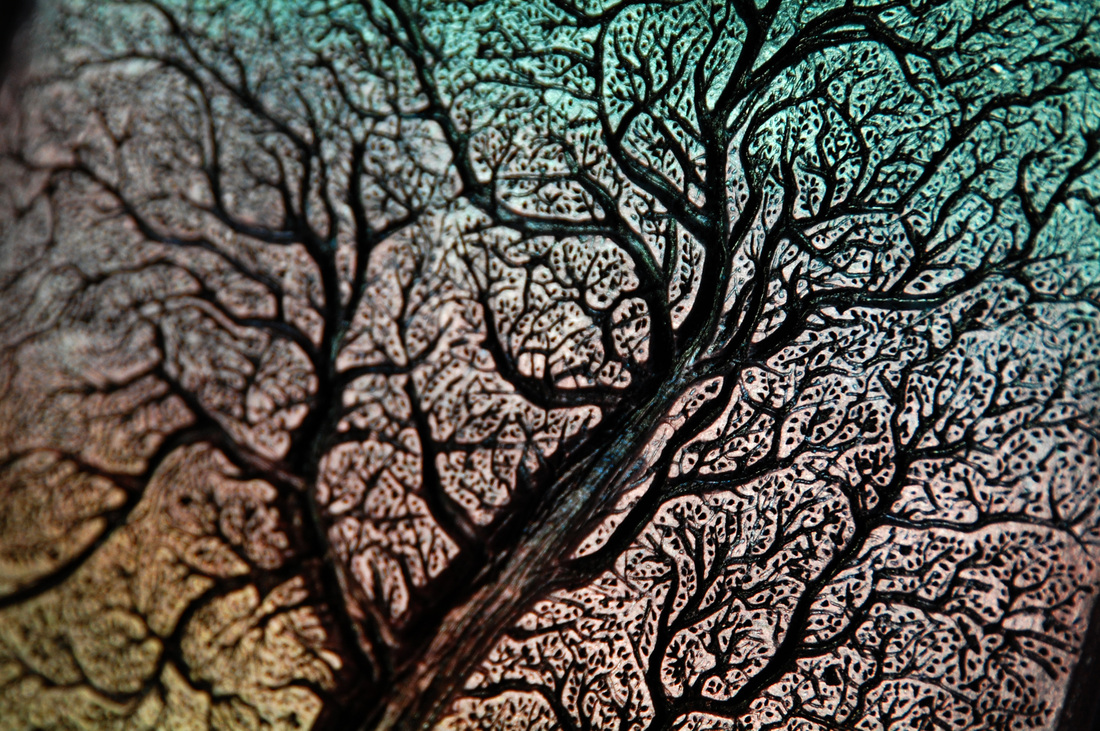
 RSS Feed
RSS Feed
